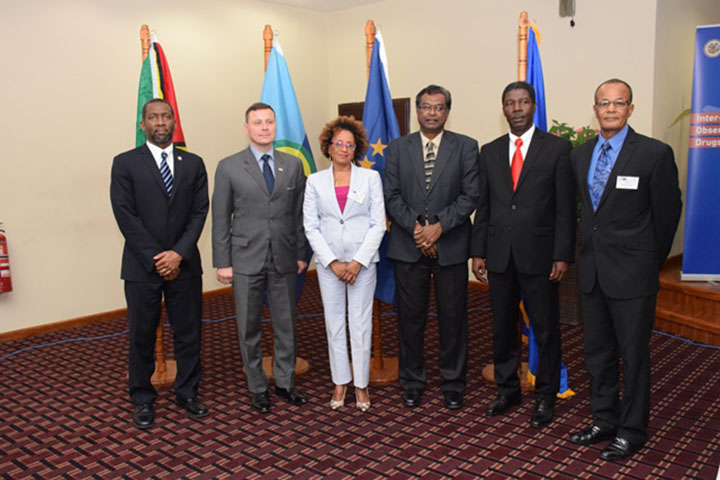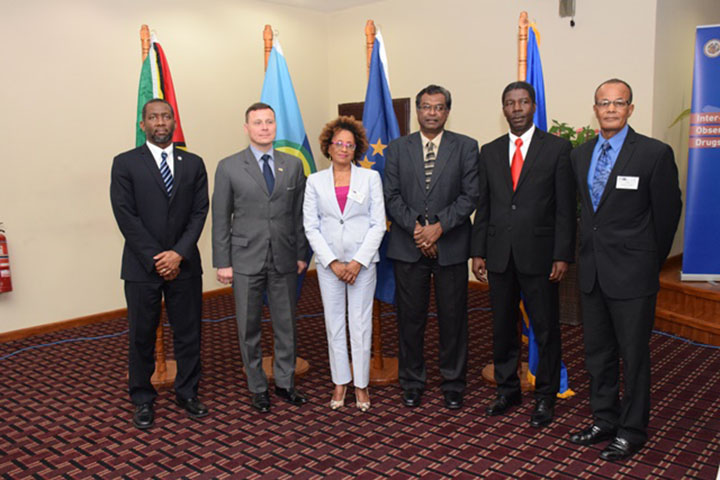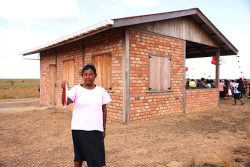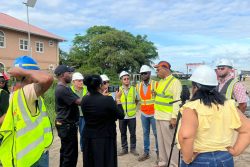Murder rates in and around Latin America and the Caribbean have negative consequences and have already affected a number of economies especially Guyana, Jamaica and Trinidad and Tobago, said Minister of Public Security Khemraj Ramjattan.
Delivering the main address yesterday at the opening of a two-day Regional Seminar for National Drug Observa-tories in the Caribbean at the Ramada Georgetown Princess Hotel, Providence, Ramjattan noted that the magazine Foreign Affairs in its 2017 March edition, in an article, Latin America’s Murder Epidemic – How to Stop the Killing, reported that Caracas’ homicide rate is closing in on 120 for every 100,000 people.
The average global rate of murders is pegged at about six to 100,000, he said. On Guyana’s borders, he said, Venezuela was not Guyana’s only neighbour negatively affected by murders but Brazil was registering the world highest numbers of homicide with more than 56,000 a year.
The article, he said, reported that every fifteen minutes, a young Latin American, usually an adolescent male, was being killed. There are roughly 400 killings a day.
A lot of these murders and execution-type killings, he noted, were rooted in the trade of drugs and its profits. He noted that there were a number of negative consequences with people becoming impoverished due to drug addiction which is a source of domestic violence and disorders in the home.
The article, he said, mentioned that even the world’s hardest hit war zones cannot compete with the murder rates in Latin America. Between 2001 and 2014, the article reported that roughly 25,000 civilians died as a result of the war in Afghanistan. Over the same period 67,000 Hondurans were murdered. A lot had to do with drugs.

The region has to pay attention to the statistics, he said.
“You do not need evidence-based analysis to tell you that when you are in an area or in the vicinity of the area that is dangerous that you also will be endangered.” “So we must not feel that because we are a little way from Honduras or Venezuela, we are safe.”
The cost of criminal violence and economies average to 3.5 per cent of the region’s GDP, he said, and the consequences include runaway costs on private security with security firms all over the place to supplement national security apparatuses.







